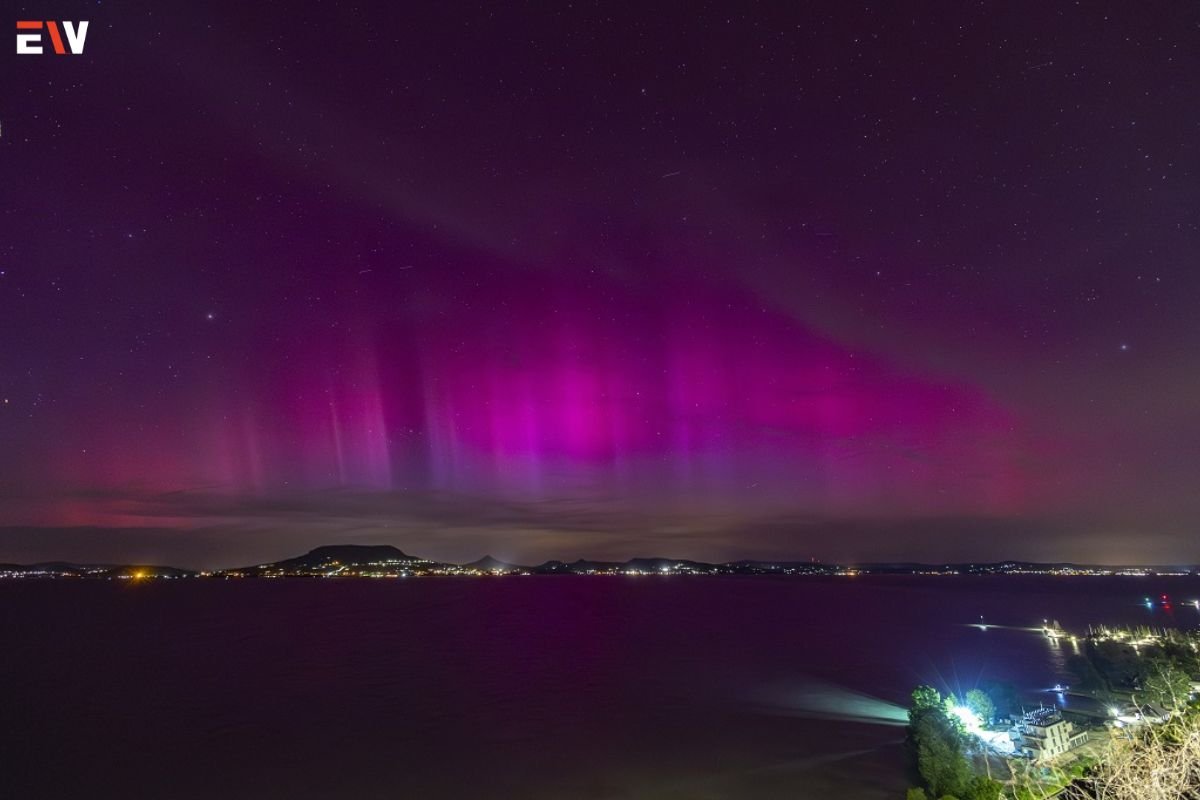Sky enthusiasts across a significant portion of the United States are eagerly awaiting a celestial spectacle this weekend as heightened solar activity could bring the mesmerizing aurora borealis, or northern lights, to their night skies. The National Oceanic and Atmospheric Administration’s (NOAA) Space Weather Prediction Center has indicated that during previous episodes of similar solar activity, the aurora has been visible as far south as Alabama and northern California. Experts suggest that the northern lights might grace the skies on Friday, Saturday, or Sunday nights.
Coronal Mass Ejections Trigger Excitement
This anticipated phenomenon is fueled by a series of coronal mass ejections (CMEs) from the sun, which are expected to reach Earth early this weekend, triggering geomagnetic storms that create auroras. NOAA has issued a G4 (severe) geomagnetic storm watch for Saturday, May 11. While the northern lights offer a breathtaking sight, strong solar storms like G4s can disrupt radio communications, damage satellites, and potentially disrupt power systems, warned forecasters.
Rising Activity Spurs Aurora Sightings
The weekend’s geomagnetic storm watch was upgraded from G2 (Moderate) to G4 (Severe) due to significant solar activity, including multiple CMEs directed toward Earth. The mesmerizing Aurora Borealis, known for its vibrant green and reddish hues, occurs when particles from the sun interact with Earth’s magnetic field and atmospheric gases. However, forecasting auroras remains challenging due to the uncertainties involved, emphasizing caution when planning aurora-viewing excursions.
Increasing Aurora Sightings: A Solar Maximum Phenomenon
In recent years, there has been a noticeable increase in aurora borealis sightings over the United States, attributed to heightened solar activity as the sun approaches its peak activity phase, known as the “solar maximum.” This trend is expected to continue, offering more opportunities for aurora enthusiasts to witness the celestial spectacle. NOAA advises skygazers to venture out at night and away from city lights for the best viewing experience, particularly during the late-night hours when auroral activity is typically at its peak. While auroras may occasionally be visible in the evening or morning, they are often less active and visually appealing during these times.










